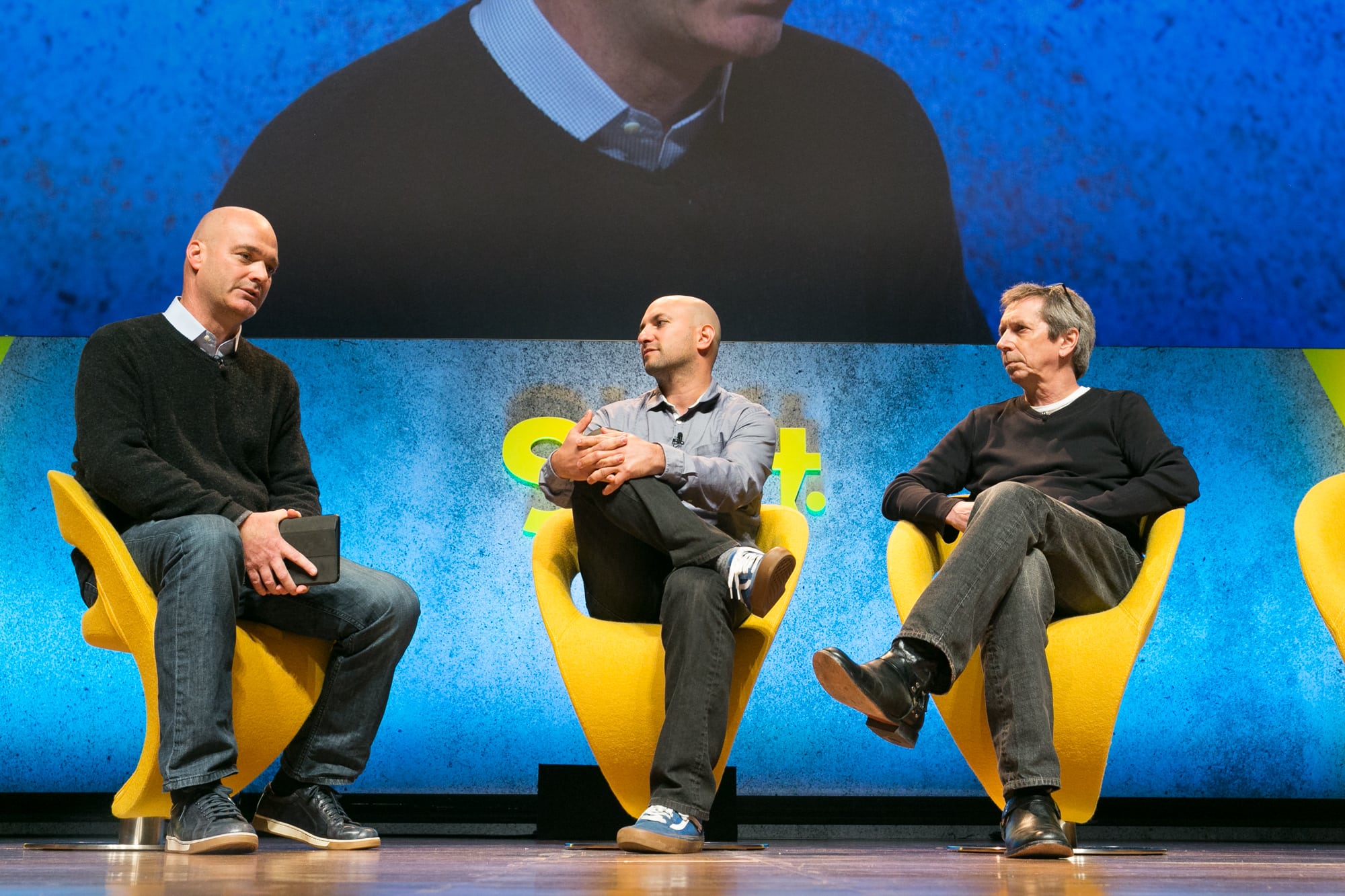SXSW and Bonnaroo and the Data Behind Big Events

Skift Take
SXSW and Bonnaroo are among the largest events in the U.S., each drawing around 80,000–90,000 attendees and enjoying a devoted, cult-like following. But this has not occurred by chance; it’s based on data and using that valuable information to continually up the ante on personalization, as panelists discussed at Skift Global Forum in New York City.
Superfly, which developed Bonnaroo, was established by Rich Goodstone with three of his closest friends, based on experiences they personally wanted to have. They focused on their own age group, Gen X and millennials, and from the beginning they had a clear notion of their demographic.
SXSW also pays close attention to its audience and uses technology to understand more about it. “It took quite a long time to take off,” said Mike Shea, Chief Logistics Officer & Partner of SXSW, about technology’s pivotal role in the festival's evolution. He reports that now, tech is a leading component of the festival.
Data mining is not new to SXSW, which for years has been polling potential attendees about what they’d like to see, and adjusting their plans accordingly. Both Shea and Goodstone report that beyond the data, thoughtful execution is necessary.
“We have a deep pipeline in data,” said Goodstone about Bonnaroo. “We’re all made up of many cultures and subcultures,” he explains, stressing the importance of avoiding audience stereotypes and looking to data for clues about how to build the event into a transformative experience. “Every single moment needs to be thought about,” said Goodstone about security, food, beverage, and nuances that make attendees feel more comfortable.
In terms of the local tourism industry, SXSW has proven vital as it funnels money into local hotels, restaurants, bars, and attractions. SXSW has a $325 million dollar impact on the city of Austin, Texas according to Mike Shea, and he said the media impact is $230 million worldwide.
“The entire city of Austin has become our platform,” said Shea, noting that SXSW can’t be contained in a convention center. The large platform does invite a larger audience, but it also invites competition and poses challenges on the city of Austin to serve the attendees.
Shea said that events like SXSW have “a transformative effect on a destination… giving people another reason to go there, bringing something new and exciting.” On the festival’s booming popularity, Shea said “We get that request a lot; can we just parachute a SXSW into Fort Lauderdale,” for example.




